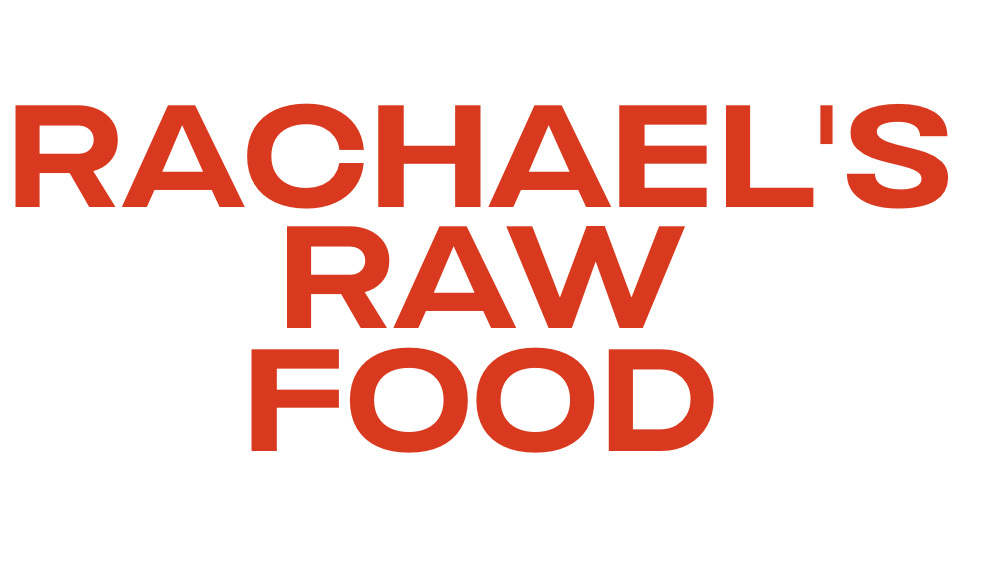Many believe raw diets are healthier and safer, but that’s not entirely true. Cooking can destroy some nutrients but also makes others more available and reduces bacteria risks. Raw foods aren’t automatically better or safer—they both have benefits and drawbacks. Restrictive raw diets can lead to nutrient deficiencies if not planned carefully. Learning the facts can help you make smarter choices for your health, so keep exploring to see what’s best for you.
Key Takeaways
- Cooking destroys some nutrients but also increases the bioavailability of others, making both raw and cooked foods beneficial.
- Raw diets do not automatically prevent foodborne illnesses; proper handling and sourcing are essential for safety.
- Believing raw foods are always healthier or better for weight loss is a misconception; both have unique advantages and limitations.
- Restrictive raw diets may lead to nutrient deficiencies if not carefully balanced, especially lacking in iron and B vitamins.
- Understanding the facts shows that both raw and cooked foods contribute to a balanced, nutritious diet when properly prepared.

Many people believe that a raw diet is the healthiest way to eat, but the truth is more complex. There are many nutritional misconceptions surrounding raw diets, and understanding the facts can help you make better choices. While proponents claim raw foods offer unmatched health benefits, it’s important to recognize both the advantages and potential drawbacks to get a clear picture.
One common nutritional misconception is that cooking destroys all nutrients, so eating raw maximizes health benefits. While some vitamins, like vitamin C and certain B vitamins, are sensitive to heat and may diminish during cooking, many other nutrients become more accessible or easier to digest when foods are cooked. For example, cooking tomatoes increases the availability of lycopene, a powerful antioxidant. Hence, claiming that raw foods always provide superior nutrition oversimplifies the reality. Both raw and cooked foods have unique benefits, and a balanced diet often includes both.
Cooking can increase nutrient absorption, making both raw and cooked foods beneficial for a balanced diet.
Another misconception is that raw diets are inherently safer because they avoid processed foods or potential contaminants from cooking. However, raw foods, especially meats, eggs, and dairy, can harbor harmful bacteria and parasites if not handled properly. Proper hygiene and sourcing are essential, regardless of whether foods are cooked or raw. Consuming raw animal products without understanding the risks can lead to foodborne illnesses. So, while raw diets might seem more natural, they’re not automatically safer.
People often assume that raw diets are the best way to lose weight or boost energy, citing health benefits like improved digestion, clearer skin, and increased vitality. However, these benefits aren’t guaranteed and depend on the overall quality of your diet. Simply eating raw doesn’t mean you’re automatically consuming fewer calories or more nutrients. In fact, some raw foods can be calorie-dense and easy to overeat, such as nuts and dried fruits. Additionally, raw diets can be restrictive, leading to nutrient deficiencies if not carefully planned. For example, lacking cooked grains or legumes might cause you to miss out on essential nutrients like iron or B vitamins. Incorporating proper preparation techniques can help maximize nutrient intake and reduce risks associated with raw foods.
Frequently Asked Questions
Can a Raw Diet Meet All Essential Nutritional Requirements?
A raw diet can meet your nutritional adequacy and dietary completeness, but it requires careful planning. You need to include a variety of foods like fruits, vegetables, nuts, and seeds to guarantee you get essential vitamins, minerals, and proteins. Without proper balance, you risk deficiencies. So, if you’re committed to a raw diet, educate yourself on nutrient-rich choices and consider consulting a nutritionist to maintain overall health.
Is a Raw Diet Suitable for Children and Pregnant Women?
Children and pregnant women require careful, consistent, and complete nutrition, so a raw diet isn’t usually suitable or safe. You should prioritize children’s safety and pregnancy nutrition by providing balanced, cooked, and nutrient-rich foods. Raw diets can risk deficiencies or contamination, which might harm developing bodies and unborn babies. Always consult healthcare professionals to guarantee your diet supports health, growth, and well-being for both children and expecting mothers.
How Do Raw Diets Impact Long-Term Health and Aging?
Raw diets can influence your long-term health and aging process by offering potential longevity benefits through nutrient-rich foods. You might notice improved digestion and energy levels, which support healthy aging. However, if not carefully balanced, raw diets could lead to deficiencies affecting your overall health over time. To maximize benefits and minimize risks, it’s essential to plan your diet thoughtfully, ensuring you get all necessary nutrients for healthy aging.
Are There Specific Health Conditions That Raw Diets Can Improve?
Yes, raw diets can improve specific health conditions like digestive health and detox benefits. You might notice better digestion, less bloating, and improved nutrient absorption. Many believe raw foods help your body naturally detoxify, reducing toxins and supporting liver function. While raw diets aren’t a cure-all, they can benefit those with digestive issues or looking to boost their body’s detox processes. Just consult a healthcare professional before making significant dietary changes.
What Are the Potential Risks of Transitioning to a Raw Diet?
Switching to a raw diet can expose you to foodborne illnesses if you don’t handle or prepare foods safely. You might also face nutritional deficiencies, especially in vitamins B12, D, iron, and omega-3s, since some nutrients are harder to get from raw foods alone. It’s important to weigh these risks carefully and consult a healthcare professional before making significant dietary changes.
Conclusion
Now that you know the facts behind raw diet myths, you can see the truth clearly. Don’t believe everything you hear—sometimes, things are too good to be true. Think of it like a shiny apple; it looks tempting but may hide some issues. By staying informed, you avoid falling for false promises. Keep your eyes open and stay grounded in reality, so you don’t get caught in the hype. Knowledge is your best tool.










